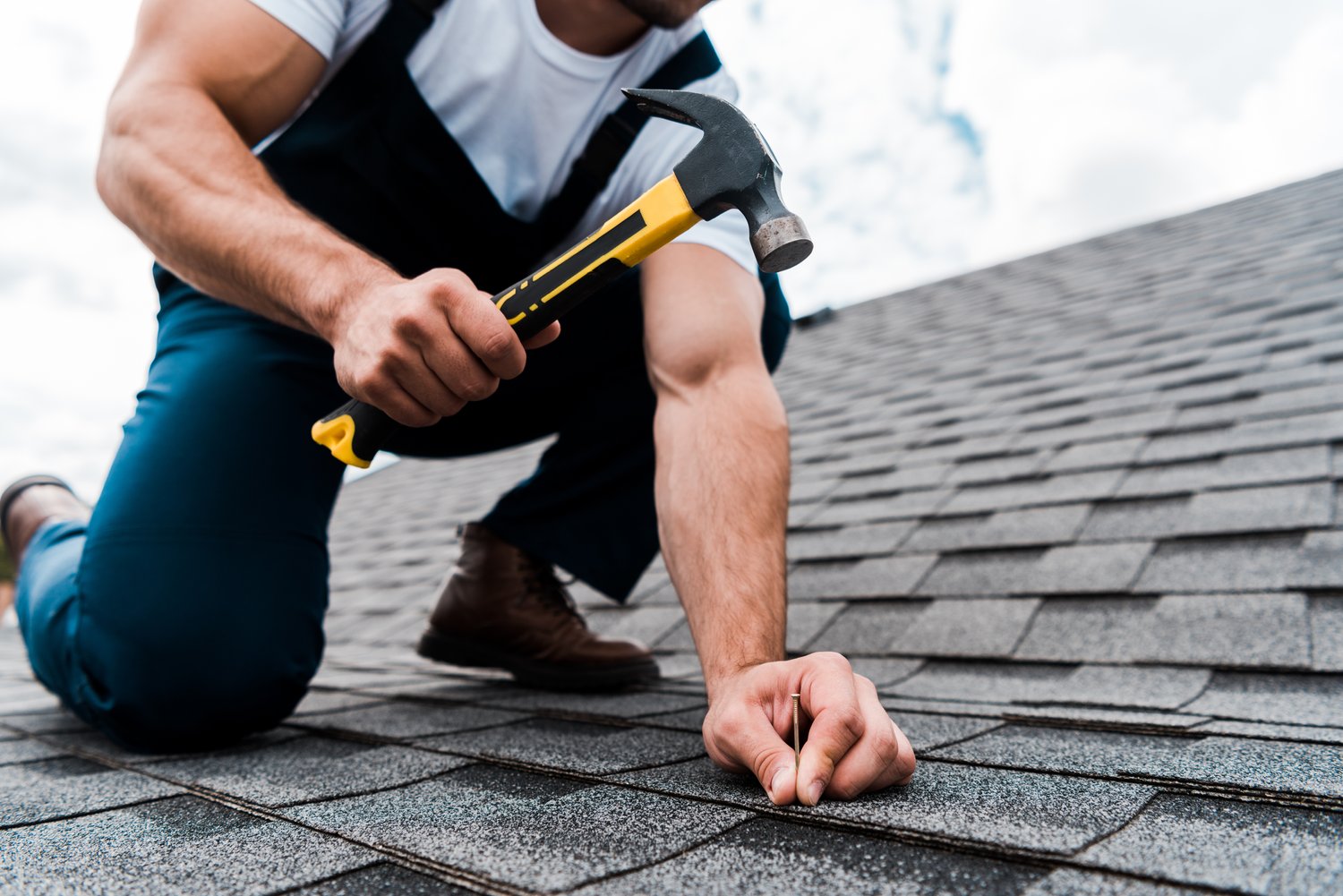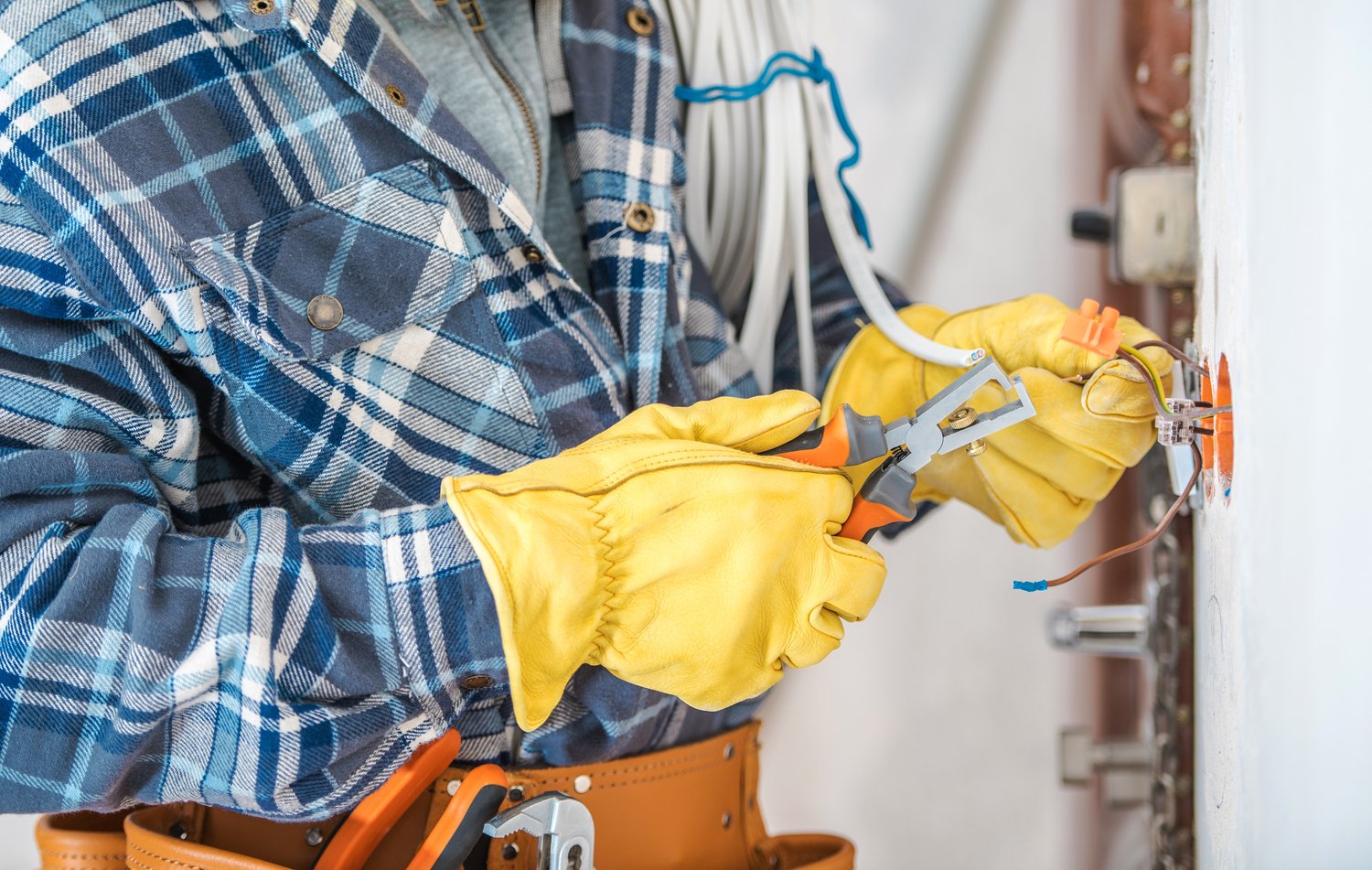Your roof is your home’s first line of defense against the elements, and maintaining it properly is essential for protecting your investment. While some roofing issues demand professional expertise, there are several minor repairs that confident homeowners can safely tackle themselves. This article outlines simple roof fixes you can handle on your own, important roof repair safety tips to follow, and clear guidance on when to call a professional roofer instead of climbing that ladder yourself.
Understanding Your Roof’s Needs
Before attempting any DIY roof repair safe tasks, it’s important to understand the overall condition of your roof. Most asphalt shingle roofs last 20-25 years, while metal, tile, and slate roofs can last significantly longer. Age is a factor in determining whether a repair makes sense or if replacement might be more appropriate. A good rule of thumb is that if less than 30% of your roof shows damage, repairs are typically sufficient. However, widespread issues or a roof nearing the end of its lifespan might warrant a complete replacement, which is definitely a job for professionals.
Regular visual inspections from the ground using binoculars can help you spot potential issues before they become major problems. Look for cracked, curled, or missing shingles, damaged flashing around chimneys and vents, or visible sagging. These observations will help you determine if the repair falls within your DIY capabilities or requires professional attention.
DIY-Friendly Roof Repairs
Replacing loose shingles DIY is one of the most common and approachable roof maintenance tasks for homeowners. If you’ve found a few damaged or missing shingles after a storm, the repair process is relatively straightforward. You’ll need replacement shingles (ideally from the same batch as your existing roof), roofing nails, roofing cement, and a pry bar. Carefully lift the surrounding shingles, remove the damaged one by taking out the nails, slide the new shingle into place, secure it with nails, and seal the edges with roofing cement.
Another simple roof fix involves addressing small leaks by applying roofing cement to minor cracks or gaps. This task is particularly suitable for flashing repairs around chimneys, vents, or skylights where the metal has separated slightly. Clean the area thoroughly, apply roofing cement generously to the crack, and smooth it with a putty knife for a watertight seal.
Cleaning and maintaining gutters also falls into the category of DIY-friendly roof maintenance. Clogged gutters can cause water to back up under shingles, leading to rot and leaks. Regularly removing debris and ensuring proper drainage helps prevent these issues and extends your roof’s lifespan.
Essential Roof Repair Safety Tips
Safety should always be your primary concern when attempting any roofing project. Never work on a wet, icy, or snow-covered roof, as these conditions dramatically increase slip hazards. Always choose a clear, mild day with minimal wind for your DIY roof projects.
Proper equipment is non-negotiable. Invest in a sturdy extension ladder with stabilizers and place it on firm, level ground. Wear rubber-soled shoes for better traction, and consider using a safety harness for steep roofs. Protective gear including gloves, safety glasses, and a hard hat can prevent injuries from falling debris or accidental slips.
Tell someone you’ll be working on the roof and have a helper on the ground to assist with tools and materials. Avoid carrying heavy items up the ladder; instead, use a rope and bucket system to transport supplies. Always maintain three points of contact when climbing, and work slowly and methodically without overreaching.
When to Call a Professional Roofer
While replacing loose shingles DIY might be within your comfort zone, many roofing issues require professional expertise. Structural damage, such as sagging areas or signs of water damage in your attic, indicates potential problems with the roof decking or support structures. These issues require comprehensive assessment and repair by qualified roofers like those available through AskHomey, who can ensure the structural integrity of your home isn’t compromised.
Extensive damage covering a large portion of your roof is another clear signal to call professional help. If more than a few shingles are damaged or you notice widespread granule loss (appearing as bald spots or finding granules in your gutters), these issues typically indicate advanced wear that requires professional assessment.
Steep roofs with pitches greater than 6:12 (meaning the roof rises 6 inches for every 12 inches of horizontal distance) are especially dangerous for amateurs. The risk of slipping increases dramatically on these slopes, making them best left to professionals with proper safety equipment and experience.
Complex repairs like fixing flashing around chimneys, skylights, or valleys where two roof planes meet require specialized knowledge and tools. Improper installation in these areas can lead to persistent leaks that cause extensive damage over time.
The Value of Professional Expertise
When you do need professional help, hiring certified, insured roofers provides peace of mind beyond the immediate repair. Professional roofing contractors carry insurance that protects you from liability in case of accidents during the repair process. They also typically offer warranties on both materials and workmanship, ensuring that if problems develop, you’re covered.
Professional roofers can spot developing issues that an untrained eye might miss, potentially saving you from costly repairs down the road. Their experience allows them to work efficiently and safely, often completing in hours what might take a homeowner days to accomplish.
For more tips and to connect with reliable home service professionals, follow AskHomey on Facebook and Instagram.



